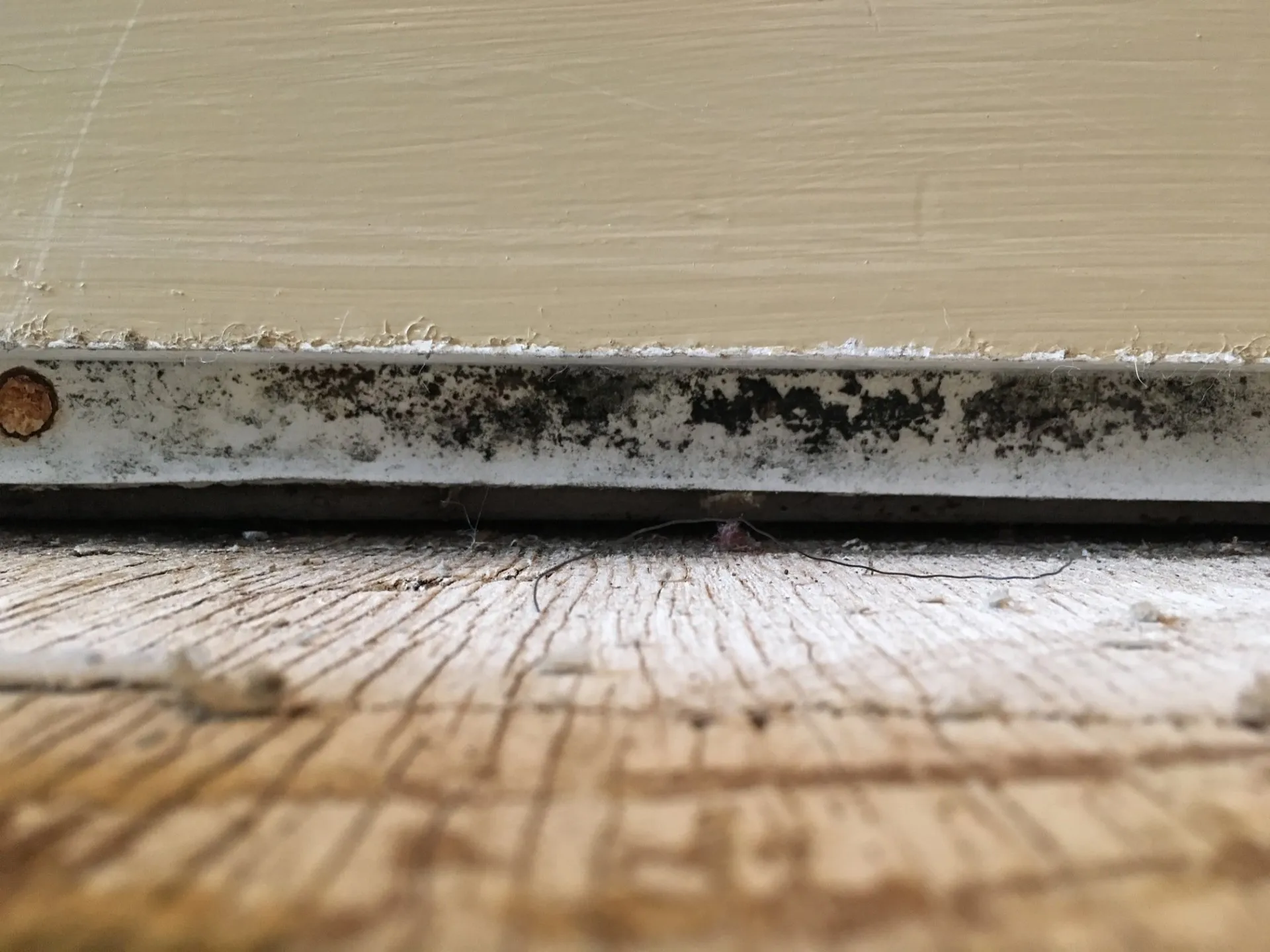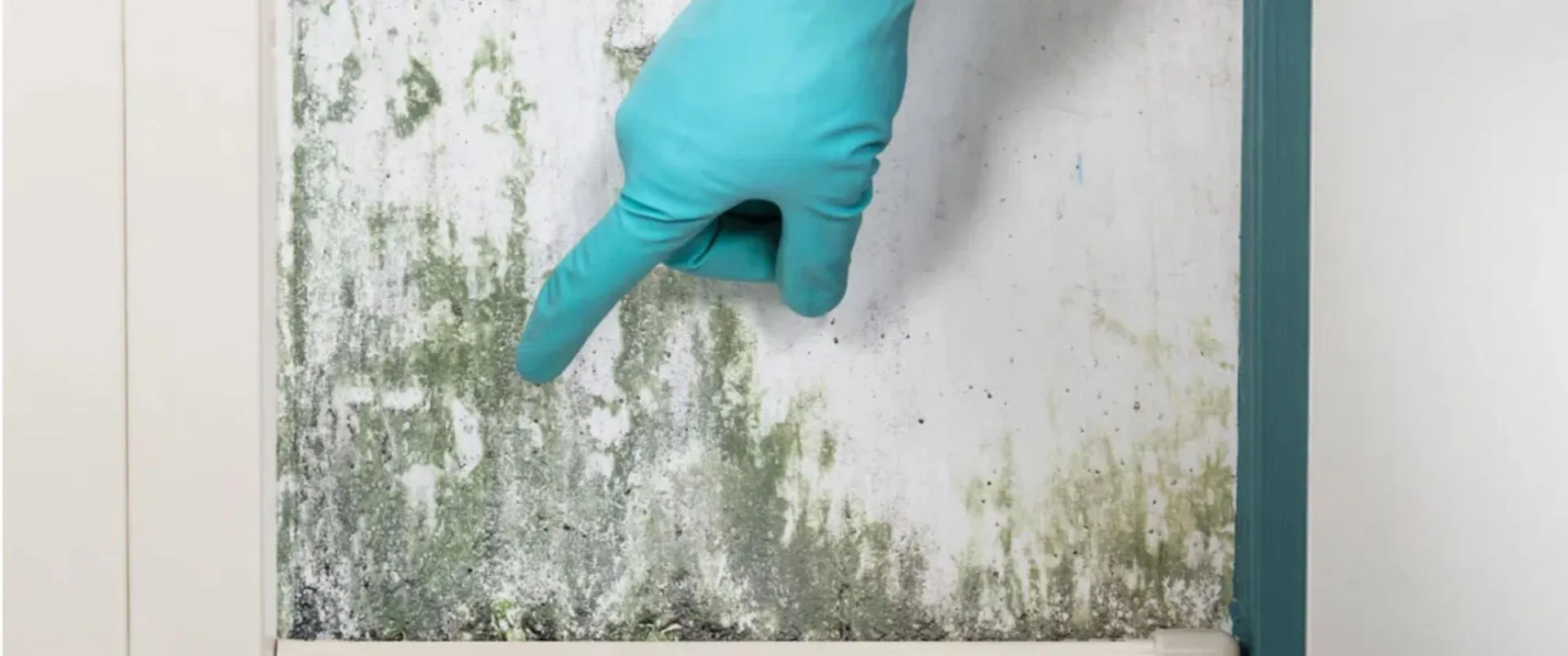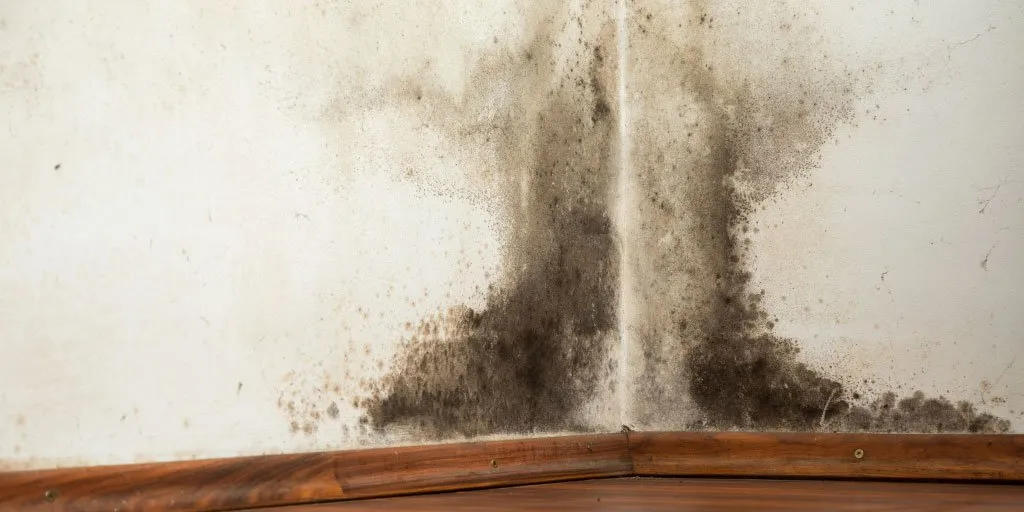
Mold spores can migrate virtually anywhere. If spores come into contact with moisture, the spores will germinate develop on surfaces, spread to contents and compromise the air quality. Although some indoor environments are more conducive to mold than others, mold isn’t always just contained to basements, attics or crawl spaces. If you are assessing for mold growth in your property, you should search in every conceivable spot. Mold can be especially tricky to identify because hidden mold growth often develops under carpeting, behind walls, above ceiling tiles, tight crawl spaces, inaccessible attics and other difficult to reach areas. In some cases of hidden mold, even if the issue isn’t visibly apparent, there might be a distinct odor permeating the interior space. Odors are often described as musty or earthy.
Where Are the Best Places to Look for Mold in Salina Properties?
Basements & Crawl Spaces: Basements and crawl spaces are notorious for moisture issues like flooding, foundation wall seepage, plumbing leaks and high humidity. While most people know that basements and crawl spaces are especially vulnerable to issues, most people also don’t casually hang out in the basement or crawl space. Mold can easily hide in basements and crawl spaces because people just don’t spend enough time down there to notice. Kansas property owners should make it a habit to conduct frequent maintenance checks down there.
Floor Joists: Moldy foundation walls are common because foundation walls are mostly below grade and exposed to ground water. Mold on exposed foundation walls is often easy to spot because it’s at eye level and easy to see. But usually the real story is in the floor joists, subfloor and framing members of the basement ceiling up above. When water (from flooding wall seepage, plumbing leaks, etc.) evaporate, the vapors rise and cling to the floor joists and subfloor. As the moisture soaks into the porous wood of the joists and subfloor over time, mold begins to develop and spread — leaving Salina property owners with moldy floor joists.
Bathrooms: Bathroom activities produce a lot of moisture, making them a great place for mold to thrive. The bathroom is a fantastic place to start if you believe you have mold in your house. Outside of the obvious plumbing leaks, bathrooms often suffer from high humidity and exposure to condensation, heat and steam. If you don’t want your bathroom to be too humid, make sure it’s well aired when you’re bathing or showering. Additionally, wipe away any condensation that has formed on the window, walls, or mirror. Plumbing leaks and sewage backups need to be addressed in a timely manner.
Kitchens: Like bathroom activities, kitchen activities product a lot of moisture daily. Sinks, refrigerators and dishwashers, for example, can produce a lot of moisture. In the kitchen, cooking produces a lot of steam and heat. Make sure the space is well aired to minimize excess moisture accumulation, which can lead to mold formation. In addition to plumbing leaks, appliance issues (i.e: dishwasher & refrigerators) can cause flooding. Plumbing leaks and appliance leaks need to be addressed in a timely manner.
Attics: You don’t need a major roof leak to end up with a moldy attic. Attics are a strong target for mold growth due to their stuffy nature. In general, attics are poorly ventilated and receive little or no air movement. Like with basements and crawl spaces, people rarely spend much time up in the attic. Infrequent access usually means problems get overlooked for a longer period of time. Mold may cause substantial harm if it is allowed to grow unchecked for a prolonged length of time. Attic mold prevention can be fairly easy with a little know-how. Attic should be well ventilated with humidity levels below 50%. Proper insulation will protect against rising warm air from the living space. Homeowners should conduct routine checks to make sure that the roof is in good condition. Any roof damage, plumbing leaks or HVAC issues should be addressed in a timely manner.
Common Hiding Spots for Mold
- Inside wall voids
- Above ceiling tiles
- Under carpet
- Under floorboards
- Behind wallpaper
- Behind drywall
- In and around duct work
- On walls hidden behind furniture
In some cases, there are no visual signs indicating mold growth at all. However, mold tends to release a musty odor, so sometimes clients report musty odors that they cannot identify. A good start in determining the source of the musty odor is to identify any areas of moisture concern. This includes: leaks, floods, seepage, humidity, condensation, etc.
When dealing with hidden mold, it is best to exercise caution as to not agitate mold spores and potentially worsening a situation. If hidden mold is growing in an area that is typically inaccessible, accessing it (ie: peeling up wallpaper, cutting out drywall, ripping up carpet, etc.) may risk cross contamination and allow the mold to spread. Disrupted mold spores can become airborne. Airborne mold spores can land on and contaminate previously clean, unaffected surfaces. More importantly, humans can come in contact with airborne mold spores and get sick. If you suspect possible hidden mold, contact a local mold inspection professional in Salina to conduct a detailed assessment with mold testing. A certified inspector will have the necessary training and tools to identify mold growth in a non-invasive way. If no visual signs can be found, a professional can complete air quality testing to determine if there is an elevated spore count in the air.
Monitoring Mold Growth in Your Salina Home of Business
Mold may develop on any permeable construction material. It may also develop on non-porous surfaces such as metal, however non-porous materials are far easier to clean than porous materials. Kansas homes are usually built using porous materials like wood, drywall, and concrete. Mold may grow in practically any section of the house as a result of this. You may believe you’ve discovered mold in your home, or you may simply want to ensure it’s not diseased. Whatever the situation may be, it may be in your best interest to call a local mold remediation professional in the Salina area for a full assessment of the property. Whether or not they discover mold, an inspector can provide you with advice on how to avoid it in the future. In your house, mold protection is a year-round activity. It might make the difference between mold damage and no mold damage in your house if you take the time to be as thorough as possible.



